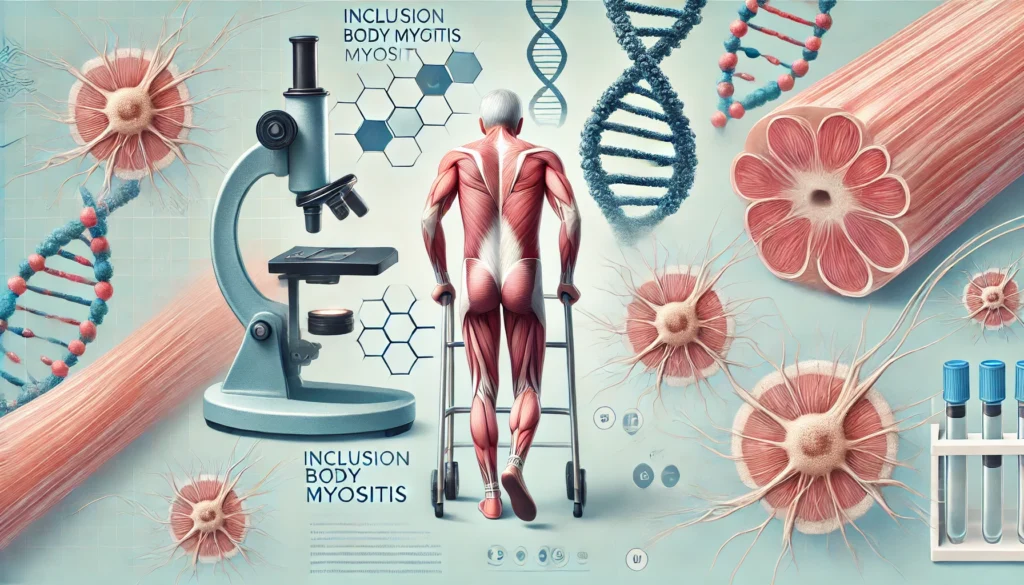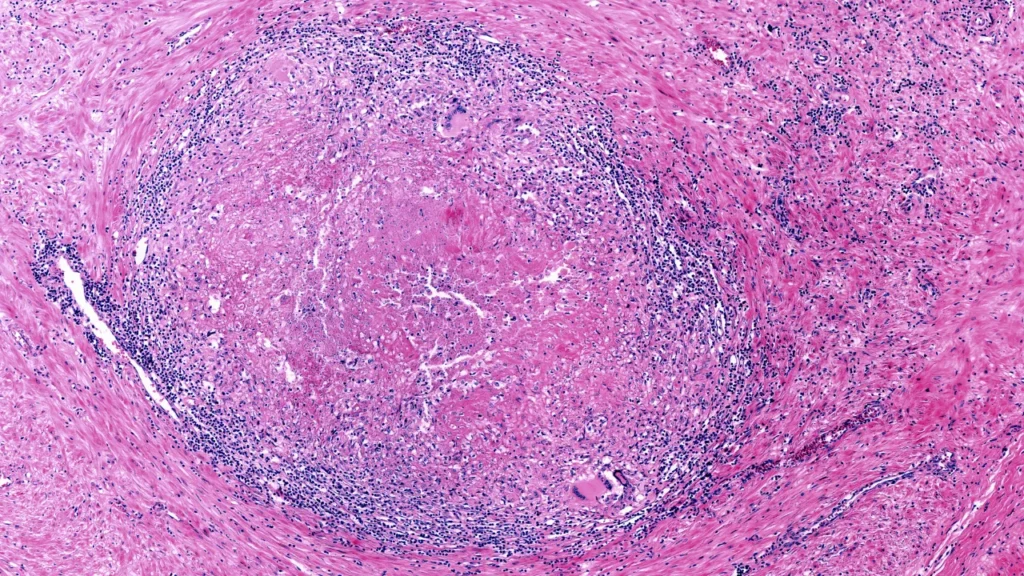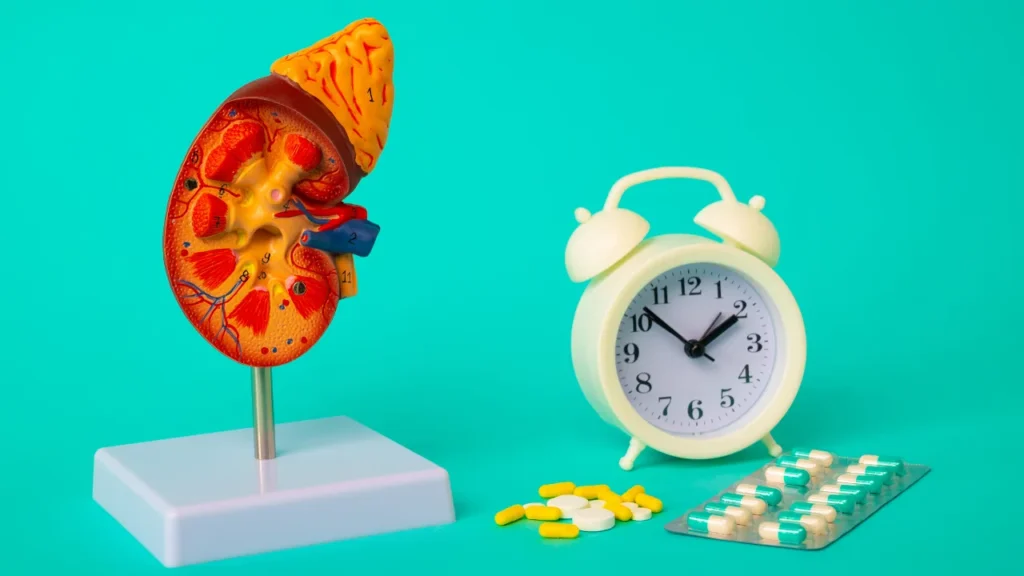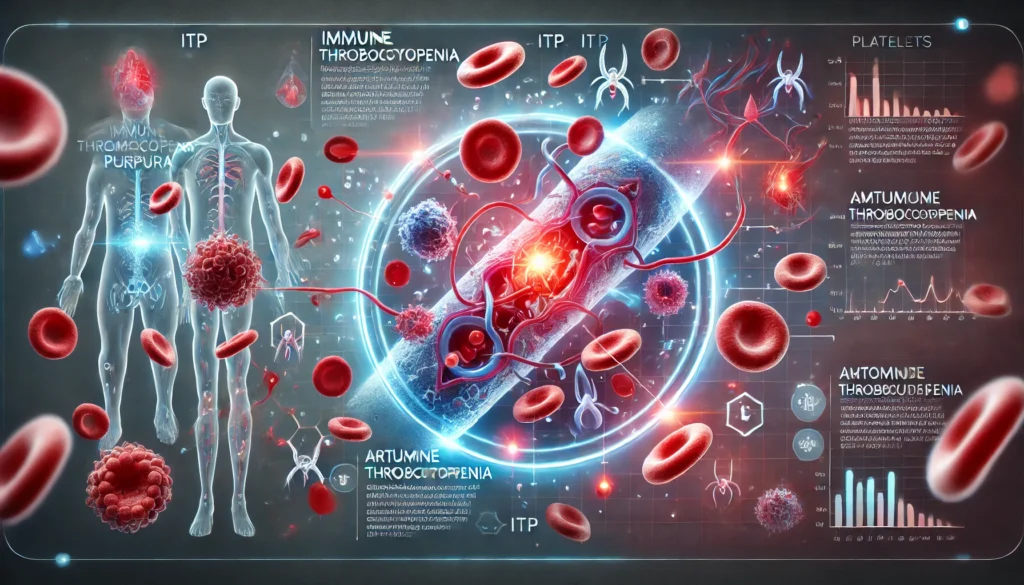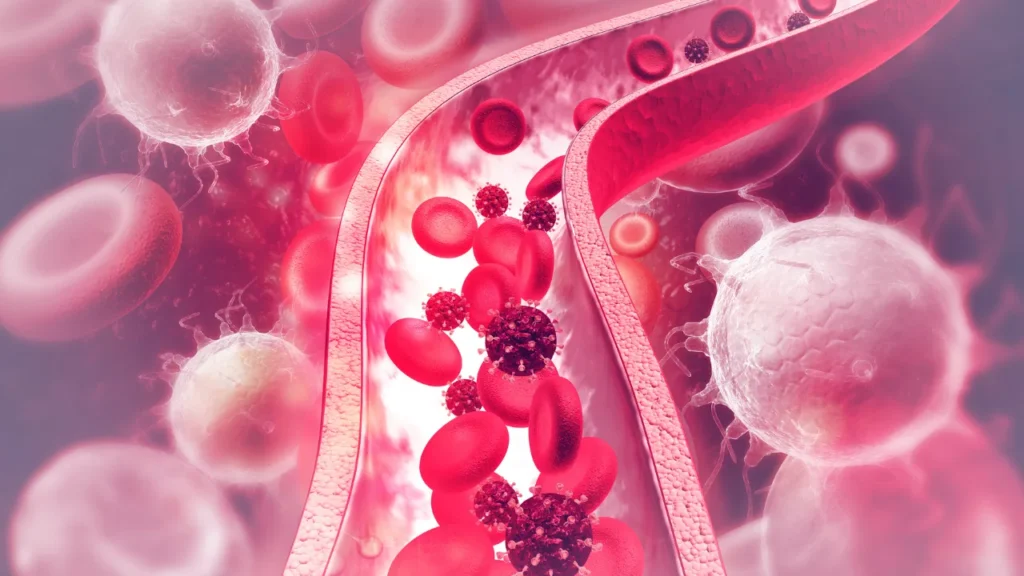Inclusion body myositis: Description, Causes, and Treatment Protocol
Description Inclusion body myositis (IBM) represents an uncommon, persistent, and progressive muscle disease that mainly affects elderly persons. IBM belongs to a class of diseases known as inflammatory myopathies, which are typified by muscular atrophy, weakness, and inflammation. The disease mostly affects skeletal muscles, primarily those in the throat, arms, and legs. Its unique characteristic […]
Inclusion body myositis: Description, Causes, and Treatment Protocol Read More »
